Disclosure: This article contains affiliate links. We may earn a commission from purchases at no extra cost to you, which helps our travel content.
The rhythmic clacking of train wheels against steel rails has always reminded me of a patient's steady heartbeat on my monitor—a reassuring cadence that signals all is well. There's something deeply grounding about train travel in Italy, where ancient pathways and modern convenience merge in a beautiful dance. When I first arrived in Bologna last spring, exhausted from a 24-hour shift and a transatlantic flight, I had no idea this terracotta-hued city would become my favorite strategic hub for exploring Northern Italy. Positioned at the crossroads of Italy's rail network, Bologna offers something precious to the savvy traveler: accessibility. As someone who's spent years navigating emergency situations, I've developed a sixth sense for identifying central command posts—and Bologna, with its efficient station, affordable accommodations, and fewer tourists than its flashier neighbors, is exactly that for Northern Italian adventures. Let me show you how to use this underrated gem as your base camp for a week of exploration that won't break the bank but will nourish your soul in ways you never expected.
Why Bologna Makes the Perfect Train Travel Hub
Bologna sits at the heart of Italy's rail network like a central ganglion in the nervous system—everything connects through it. This isn't by accident but by design, as the city serves as the junction point for lines running north to Milan and Venice, south to Florence and Rome, east to the Adriatic coast, and west toward Turin.
Unlike its more famous neighbors, Bologna offers a triple advantage: central location, lower accommodation costs, and fewer tourist crowds. My small but comfortable room in a family-run pensione near the station cost less than half what I would have paid for something similar in Florence or Venice.
The Bologna Centrale station itself is a marvel of efficiency. The main concourse handles regional and intercity trains, while the underground platforms serve the high-speed Frecciarossa and Italo trains. The station offers clear signage (in Italian and English), ample seating, and—critical for long days of exploration—clean restrooms.
What truly makes Bologna perfect is the frequency of departures. During my week-long stay, I never had to wait more than an hour for a train to any major destination. This flexibility meant I could adjust my plans based on weather, energy levels, or spontaneous recommendations from locals I met while sampling Bologna's famous food scene.
For keeping track of schedules and booking tickets on the go, I relied heavily on my Trenitalia app and always kept my phone charged with my trusty portable charger. The combination saved me countless times when plans changed or I decided to stay longer in a particularly captivating location.

💡 Pro Tips
- Download the Trenitalia app before your trip and create an account to make booking tickets seamless
- Consider purchasing a prepaid Italian SIM card at the airport for reliable data while traveling
- Book accommodation within a 10-15 minute walk of Bologna Centrale station to maximize convenience
Planning Your Northern Italian Rail Itinerary
The beauty of using Bologna as your hub lies in the concentric circles of exploration it enables. Think of it as establishing a base camp for increasingly ambitious journeys—a strategy I've used in wilderness medicine that applies perfectly to train travel.
The Inner Circle (30-45 minutes): These destinations make perfect half-day trips, allowing you to return to Bologna for dinner in one of the city's incredible trattorias.
-
Modena: Just 25 minutes away, home to balsamic vinegar producers and the world-famous Osteria Francescana. I spent a blissful morning touring a traditional acetaia, where balsamic is aged in wooden barrels, the air thick with a sweetness that reminded me of the medicinal syrups my Mi'kmaq grandmother used to make.
-
Parma: 45 minutes by regional train, this elegant city offers Parmesan cheese factory tours and the stunning Teatro Reginald. The geometric precision of the cheese aging rooms struck me as a form of sacred geometry—thousands of wheels arranged in perfect harmony.
The Middle Circle (1-1.5 hours):
-
Florence: Just 35 minutes on the high-speed Frecciarossa, allowing you to beat the day-trippers and arrive before the crowds. I recommend boarding the 7:04 AM train to experience the Uffizi Gallery in relative tranquility.
-
Verona: 50 minutes away, offering more than just Romeo and Juliet's balcony—the Roman Arena and winding medieval streets are worth exploring.
-
Ravenna: 1 hour 15 minutes east, with Byzantine mosaics that shimmer like living entities in the ancient churches.
The Outer Circle (2-3 hours):
-
Venice: 1 hour 27 minutes on the high-speed train. By departing early from Bologna, you can arrive in Venice before the day-trippers and cruise ship passengers flood the city.
-
Milan: 1 hour by Frecciarossa, perfect for fashion enthusiasts or those seeking to view The Last Supper.
-
Cinque Terre: About 2.5-3 hours with a connection in La Spezia, but absolutely worth it for the stunning coastal villages.
To keep everything organized, I use a travel journal with dedicated pages for each destination, including train times, must-see spots, and local healing plants or foods I want to explore.

💡 Pro Tips
- Purchase regional train tickets from self-service machines to avoid long queues at ticket counters
- For high-speed trains, book at least a few days in advance for better prices
- Consider a multi-day itinerary where you visit cities in the same direction (e.g., Parma and Milan) on the same day to maximize efficiency
Navigating Train Types and Ticket Options
Understanding Italy's train system is like learning triage protocols—knowing the differences can save you time, money, and stress. Here's my field guide to Italian trains:
Frecciarossa & Italo (High-Speed) These sleek, modern trains reach speeds up to 300 km/h and connect major cities. They're the equivalent of air ambulances in my world—fast, efficient, but more expensive. Tickets include assigned seats and should be purchased in advance. The price difference between first and second class isn't usually worth it unless you're traveling during peak summer months when the extra space provides welcome relief from the crowds.
Intercity Mid-range in terms of speed and price, these trains make more stops than high-speed options but fewer than regionals. They're comfortable and reliable for medium-distance journeys.
Regionale & Regionale Veloce These are the workhorses of the Italian rail system—like the reliable ambulances that handle most medical calls. They're inexpensive but make frequent stops and don't require reservations. Tickets must be validated before boarding using the small green machines near the platforms (a step many tourists forget, resulting in hefty fines).
Ticket Buying Strategies:
-
Advance Purchase: For high-speed trains, prices increase as departure approaches. I saved nearly 60% by booking my Venice trip two weeks in advance.
-
Regional Tickets: These have fixed prices regardless of when you buy them, so purchase them as needed. They're valid for 4 hours after validation.
-
Day Trips vs. One-Way: For destinations within an hour of Bologna, buying two one-way regional tickets gives you flexibility. For longer journeys, look into "Super Economy" return tickets on high-speed trains.
-
Rail Passes: Unless you're planning extensive travel throughout Italy, individual tickets usually work out cheaper when using Bologna as a hub.
I keep all my ticket confirmations organized in my travel document organizer, which has separate compartments for passports, tickets, and cards—critical for someone who needs to access things quickly, whether responding to an emergency or catching a train that's about to depart.
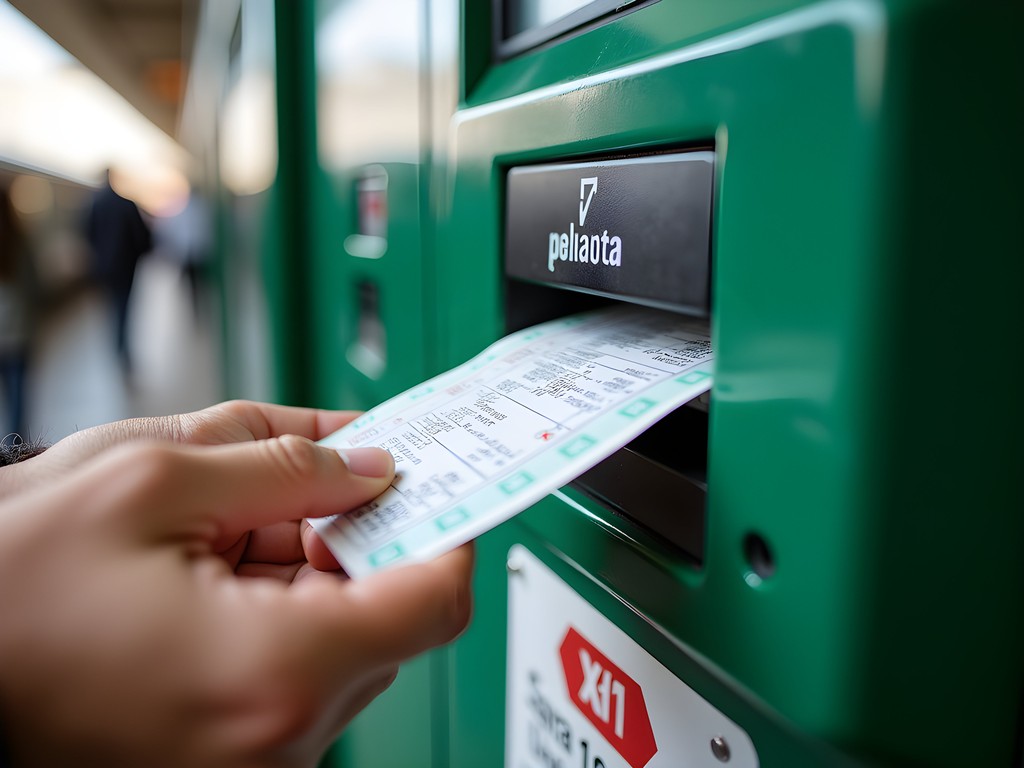
💡 Pro Tips
- Always validate regional train tickets in the green machines before boarding to avoid fines
- For early morning departures, purchase tickets the night before to avoid morning queues
- Set up fare alerts on the Trenitalia website for high-speed routes to catch promotional prices
Budget-Friendly Accommodation Strategies in Bologna
Bologna offers a refreshing contrast to the inflated accommodation prices of Venice or Florence. During my week-long stay, I employed several strategies to keep costs down while maintaining proximity to the train station—an essential factor for early morning departures.
Strategic Neighborhoods: The area between Bologna Centrale and the beginning of the historic center (around Via Indipendenza) offers the perfect balance of convenience and affordability. I stayed at a small pensione on Via de' Carracci, a 7-minute walk from the station. While not as picturesque as accommodations under the famous porticoes, it was half the price and perfectly positioned for my daily rail adventures.
Types of Accommodation:
-
Pensiones/Small Hotels: These family-run establishments often lack fancy amenities but provide clean, comfortable rooms at reasonable rates. Mine cost €55 per night including breakfast—a simple affair of espresso, pastries, and yogurt that fueled my morning journeys.
-
Hostels: Bologna has several excellent hostels catering to solo travelers. Dorm beds run €20-30 per night, while private rooms cost around €60-70. As someone who values both community and privacy, I've found that booking a private room in a hostel offers the best of both worlds.
-
Apartments: For stays longer than 3-4 days, short-term apartment rentals often provide better value and the ability to prepare simple meals. The Bolognina neighborhood north of the station has seen an increase in affordable rental options.
-
Convents/Monasteries: One of Italy's best-kept accommodation secrets is religious guesthouses. In Bologna, I've previously stayed at the Casa San Francesco, which offers simple rooms, often with shared bathrooms, at rates that seem miraculous in comparison to commercial hotels.
During my most recent visit, I found that accommodations within the ancient city walls were approximately 30-40% more expensive than comparable options near the station. The 10-15 minute walk into the historic center became a welcome ritual—a transition space where I could decompress and prepare for the sensory experiences ahead.
Whichever option you choose, I recommend bringing a silk sleep liner for added comfort. It's become an essential part of my travel kit, taking up minimal space while providing a clean, comfortable sleep surface regardless of where I lay my head.
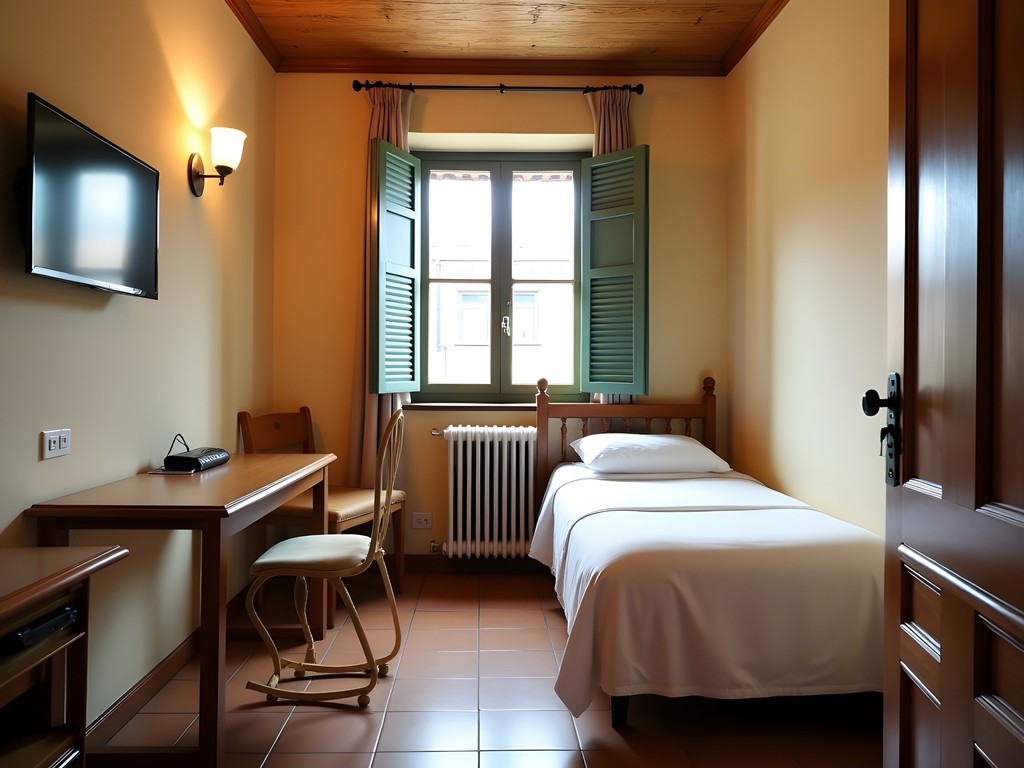
💡 Pro Tips
- Book accommodations with free cancellation policies so you can switch if you find a better deal closer to your travel date
- Look for places that include breakfast to save both money and time in the mornings
- Request a room away from the street if you're a light sleeper, as Bologna's streets can be lively in the evenings
Essential Day Trip Itineraries from Bologna
Using Bologna as your command center opens up a world of carefully calibrated day trips. Here are my field-tested itineraries that maximize experiences while minimizing transit fatigue:
Venice in a Day: The Early Bird Strategy
The key to experiencing Venice without the crushing crowds is an early departure. I caught the 6:20 AM Frecciarossa from Bologna, arriving in Venice Santa Lucia at 7:47 AM. This early arrival granted me nearly two hours of relatively tourist-free exploration—a rare gift in Venice.
My route took me from the station through the quiet backstreets of Cannaregio (where locals were just beginning their day), to a peaceful Rialto Bridge. By 10 AM, when day-trippers began flooding in, I was already enjoying coffee in a hidden square I'd never have discovered later in the day.
After visiting the Doge's Palace (pre-booked tickets essential), I escaped the midday crowds by taking a vaporetto to the island of Burano with its rainbow-colored houses. Returning to Venice proper for sunset, I caught the 7:45 PM train back to Bologna, arriving in time for a late dinner of tagliatelle al ragù in my home base.
The Renaissance Day: Florence
Florence lies just 35 minutes from Bologna on the high-speed line, making it the easiest major day trip. My 7:04 AM train had me strolling through a quiet Piazza della Signoria by 8 AM.
With pre-booked 8:30 AM tickets for the Uffizi Gallery, I experienced Botticelli's masterpieces without the usual crowds. The geometric perfection of Renaissance art always resonates with my interest in sacred geometry—the Golden Ratio evident in compositions mirrors patterns found throughout nature and traditional healing practices.
After the gallery, I crossed the Arno via the Ponte Vecchio to explore the less-visited Oltrarno district, where artisans still practice traditional crafts in small workshops. A highlight was discovering a herbalist shop where the owner explained the medicinal uses of local plants—many similar to those my Mi'kmaq grandmother used.
I returned to Bologna on the 6:10 PM train, having experienced Florence's highlights without the exhaustion of staying in its more hectic and expensive center.
The Food Pilgrimage: Modena & Parma
This itinerary combines two essential food destinations in one perfect day. Departing Bologna at 8:04 AM, I arrived in Modena by 8:30 AM. A short taxi ride took me to a traditional balsamic vinegar producer for a 9 AM tour (book weeks in advance), where I learned about the multi-generational process of creating this black gold.
Back in Modena's center, I visited the Mercato Albinelli for a simple lunch of gnocco fritto with local salumi before catching the 1:17 PM train to Parma (40 minutes). In Parma, I'd arranged a 3 PM tour of a Parmigiano-Reggiano facility just outside town, witnessing the almost ritualistic production of Italy's king of cheeses.
Returning to Parma's center by 5 PM gave me time to visit the stunning Teatro Farnese before catching the 7:02 PM train back to Bologna.
For these food-focused day trips, I always carry my collapsible food container for storing delicious purchases that inevitably find their way into my possession. It packs flat when empty but has saved countless cheese and salumi samples from an undignified fate wrapped in napkins.
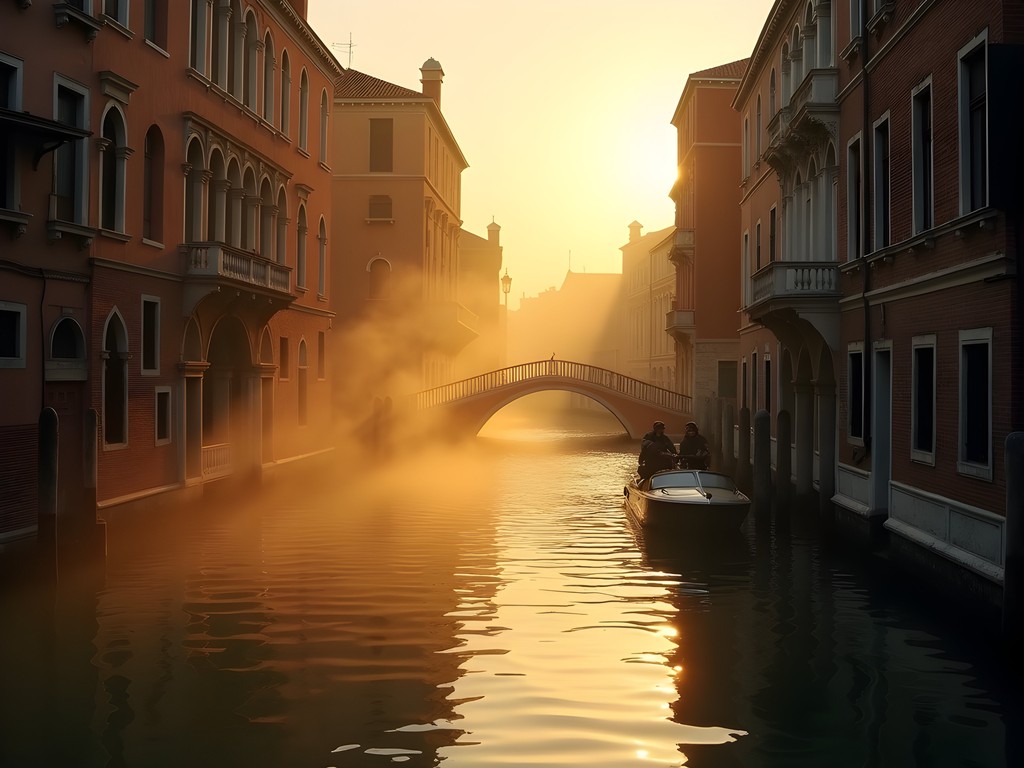
💡 Pro Tips
- Pre-book museum tickets for Florence to avoid wasting precious day-trip time in queues
- For Venice, purchase a vaporetto day pass (€20) if you plan to take more than two water bus journeys
- When visiting food producers in Modena or Parma, book tours well in advance as they often have limited English-language slots
Packing and Preparation for Train-Based Exploration
Train-based exploration from Bologna requires a different approach than fixed-location travel. As someone who's had to pack efficiently for emergency medical calls in remote locations, I've refined my system for these rail adventures:
The Day Pack Strategy
Your day pack becomes your mobile command center. Mine is a simple 20L backpack containing:
-
Water bottle with built-in filter – Italian tap water is generally safe, but having a filter adds peace of mind when refilling in train stations.
-
Compact travel umbrella – Northern Italian weather can change rapidly, especially in spring and fall.
-
Portable phone charger – Critical for navigation, ticket storage, and photography. My power bank holds multiple charges and has saved countless day trips from digital disaster.
-
Light layers – I always pack a compressible down vest that takes minimal space but provides warmth when needed, especially for early morning departures or evening returns.
-
Minimal first aid kit – Old habits from my EMT work die hard. I carry basics like pain relievers, bandages, antihistamines, and rehydration salts.
Digital Preparation
Before your trip, download these essential apps:
-
Trenitalia app – For booking tickets and checking real-time departures/platform changes.
-
Google Maps offline maps – Download maps of all your planned destinations before departing.
-
Moovit – Often more accurate than Google Maps for local public transportation within cities.
-
A good translation app – While train station announcements in major cities are usually in English and Italian, smaller stations may be Italian-only.
Physical Documents
Despite our digital world, I always carry:
-
Printed train tickets – As backup for digital tickets, especially for regional trains.
-
Small notebook with key phrases – Battery dies? You'll still need to communicate.
-
Physical map of Bologna – Oriented around the train station, marking your accommodation and key landmarks.
Clothing Considerations
Italy's trains vary in temperature control. High-speed trains are generally well air-conditioned, while regional trains can become uncomfortably warm in summer. Dress in breathable layers that can be added or removed easily.
For footwear, prioritize comfort over style. My typical day involves 15,000-20,000 steps exploring destination cities, so I wear trail runners that can handle cobblestones but don't scream "tourist" like bulky hiking boots might.
Lastly, consider bringing a travel scarf with a hidden pocket. Beyond providing warmth on air-conditioned trains, it offers secure storage for your passport and emergency cash. As someone who's responded to too many pickpocketing incidents in tourist areas, I value this added security when navigating crowded stations.

💡 Pro Tips
- Pack a small microfiber towel for unexpected rain showers or to create an impromptu seat on crowded regional trains
- Bring a reusable shopping bag that folds into a tiny pouch for food market purchases or unexpected shopping opportunities
- Download entertainment to your phone for longer train journeys, as the scenic routes through the countryside often have spotty cellular service
Final Thoughts
As I boarded my final train from Bologna back to Milan for my flight home, I found myself reflecting on how this terracotta city had transformed my understanding of Italian travel. By establishing Bologna as my central command post, I'd experienced more of Northern Italy in one week than many travelers see in twice that time, all while maintaining a sustainable pace and budget. The hub-and-spoke approach isn't just logistically efficient—it's emotionally satisfying, allowing you to return each evening to familiar streets and faces. There's a healing rhythm in this pattern, a balance between exploration and grounding that mirrors the traditional wellness practices I've studied across cultures. Whether you're drawn to Renaissance masterpieces, culinary traditions, or simply the meditative click-clack of train wheels on steel, Bologna offers the perfect base from which to explore. As my grandmother would say, sometimes the most powerful medicine is finding the right place to center yourself before venturing outward. For Northern Italy, that center is undoubtedly Bologna.
✨ Key Takeaways
- Bologna's central location in Italy's rail network makes it the ideal base for exploring Northern Italy
- Early morning departures allow you to experience popular destinations like Venice and Florence before the crowds arrive
- Accommodation near Bologna Centrale station offers the best combination of convenience and affordability
- A well-organized day pack system is essential for maximizing comfort and efficiency during train-based exploration
📋 Practical Information
Best Time to Visit
Year-round, with May-June and September-October offering ideal weather and fewer crowds
Budget Estimate
€70-100 per day including accommodation, train tickets, and meals
Recommended Duration
5-7 days
Difficulty Level
Beginner

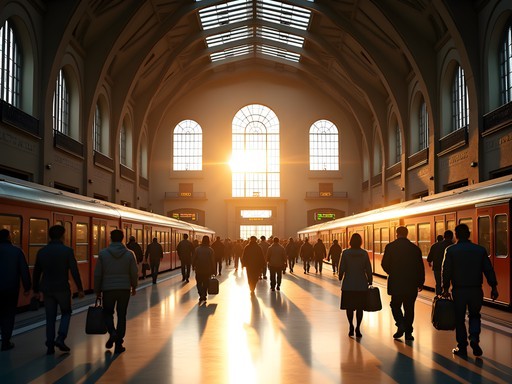

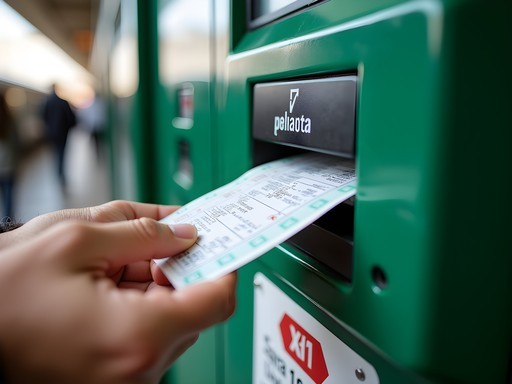

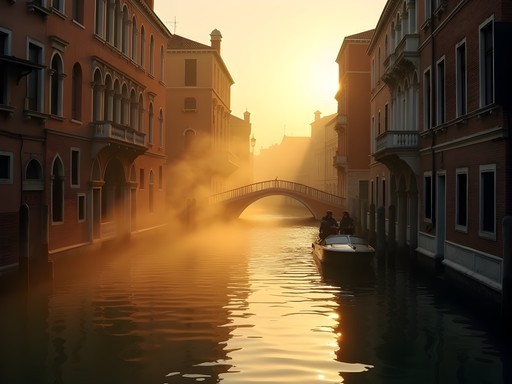
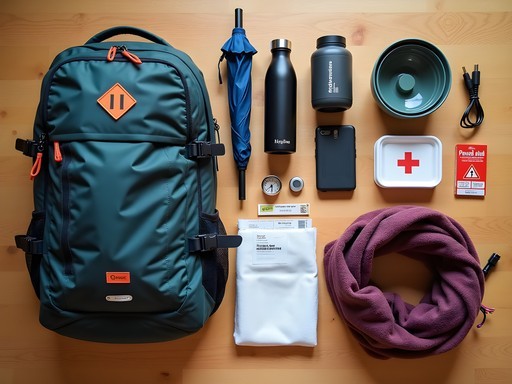



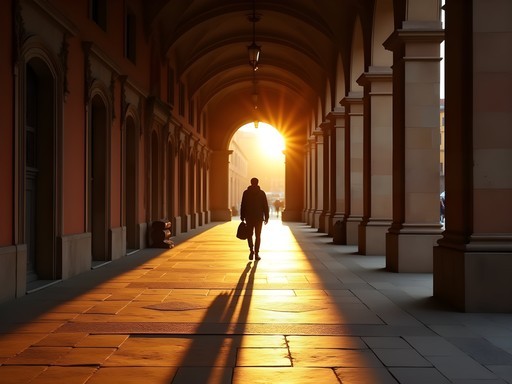

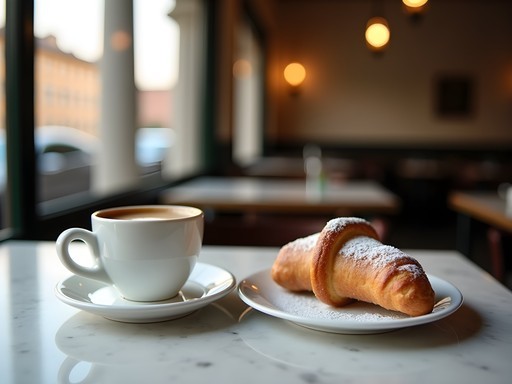




Comments
bluerider
Just got back from using this exact strategy! Bologna was the perfect hub - we did day trips to Parma (amazing food tour), Ravenna (those mosaics!), Florence, and even Milan. Quick tip: if you're planning multiple train journeys, look into the Trenitalia Multi-Destination Pass. Saved us about €60 over buying individual tickets. Also, don't miss the aperitivo scene in Bologna - €10-12 gets you a drink and access to amazing buffets. Cantina Bentivoglio near the Two Towers had the best spread and live jazz some nights.
islandninja
Has anyone done the Bologna to Ravenna train? Worth a day trip? Those mosaics look amazing in the photos I've seen!
Bryce Diaz
Absolutely worth it! It's about an hour each way, and the mosaics are even more spectacular in person. Get the combination ticket that covers all the main sites. Start early though - you'll want a full day.
coolmate
Just booked my stay in Bologna for next month based on this! Any food recs near the station?
Sage Dixon
@coolmate Try Trattoria dal Biassanot - about a 10 minute walk from the station. Their tortellini in brodo is life-changing!
Nicole Russell
Just got back from trying this exact strategy and it was PERFECT! Bologna is so underrated as a base. We stayed at a small apartment near the station (about €75/night) and took day trips to Milan, Venice, and Parma. The best part was coming back to Bologna each evening where the food scene is incredible and not as touristy. We discovered this amazing little osteria called 'Osteria al 15' where we had the best tagliatelle al ragù of our lives! One practical tip: I used my digital train pass which made hopping on regional trains super convenient - just scan and go without booking individual tickets. Sage, your section on train types was super helpful for figuring out when to splurge on the Frecciarossa vs. when to save with regionals!
wanderlustninja
Nicole, how far in advance did you book your apartment? Looking at prices for October and they seem high.
Nicole Russell
@wanderlustninja We booked about 3 months out! October is still high season in Bologna because of the perfect weather. Try looking slightly further from the station (still walkable) - prices drop significantly even just 5-6 blocks away.
photowalker
Any good photography spots in Bologna station itself? Love capturing train architecture!
islandninja
The glass ceiling in the main hall is amazing when the light hits it just right! I got some cool shots there around 4pm.
Bryce Diaz
This brings back memories! I spent three weeks using Bologna as my base last spring and it was the smartest travel decision I've made in years. The central station is incredibly efficient - I was able to day trip to Florence, Venice, and even Lake Garda without the tourist prices of staying in those locations. One tip I'd add: look into the regional passes if you're planning multiple day trips. They saved me nearly €100 over the course of my stay. Also, that little café on the second level of Bologna Centrale (can't remember the name) makes the best espresso to fuel your train adventures!
Sage Dixon
Thanks Bryce! The café you're thinking of is probably Caffè Centrale - I practically lived there between trains. And great tip on the regional passes!
coolmate
How much were those regional passes? Worth it for just a week?
Bryce Diaz
@coolmate For a week, probably worth it if you're doing at least 3-4 day trips. I think I paid around €80 for the Emilia-Romagna regional pass that covered most of what I needed.
wanderlustninja
Bologna as a hub is genius! Never thought of using it that way before. Adding this to my Italy planning folder!
vacationwanderer
I'm sold! This is exactly the kind of strategic travel planning I need. Bologna it is for our Italy trip next spring! Did anyone stay in the university district? Heard it's lively but not sure if it's too noisy at night?
bluerider
Stayed near Piazza Verdi (university area) last year. It's vibrant and has great affordable restaurants, but definitely bring earplugs if you're a light sleeper. The energy is worth it though!
Savannah Torres
We used Bologna as our base last summer with our two kids (7 and 10) and it was perfect! The apartment we found near Via Indipendenza was half the price of similar options in Venice or Florence. The kids loved the day trips - especially to the Ferrari Museum in Maranello (easy 40-min train + bus combo). Pro tip for families: get the Italy train planner and load your tickets before travel day. It saved us so much stress not having to figure out the ticket machines with impatient kids! Also, Bologna itself is wonderfully kid-friendly with all the student energy and amazing gelato shops. The food markets were a highlight - my picky eaters actually tried mortadella and loved it!
sunsetbuddy
Just booked 5 nights in Bologna after reading this! Can't wait to explore.
Venture X
Premium card with 2X miles, $300 travel credit, Priority Pass